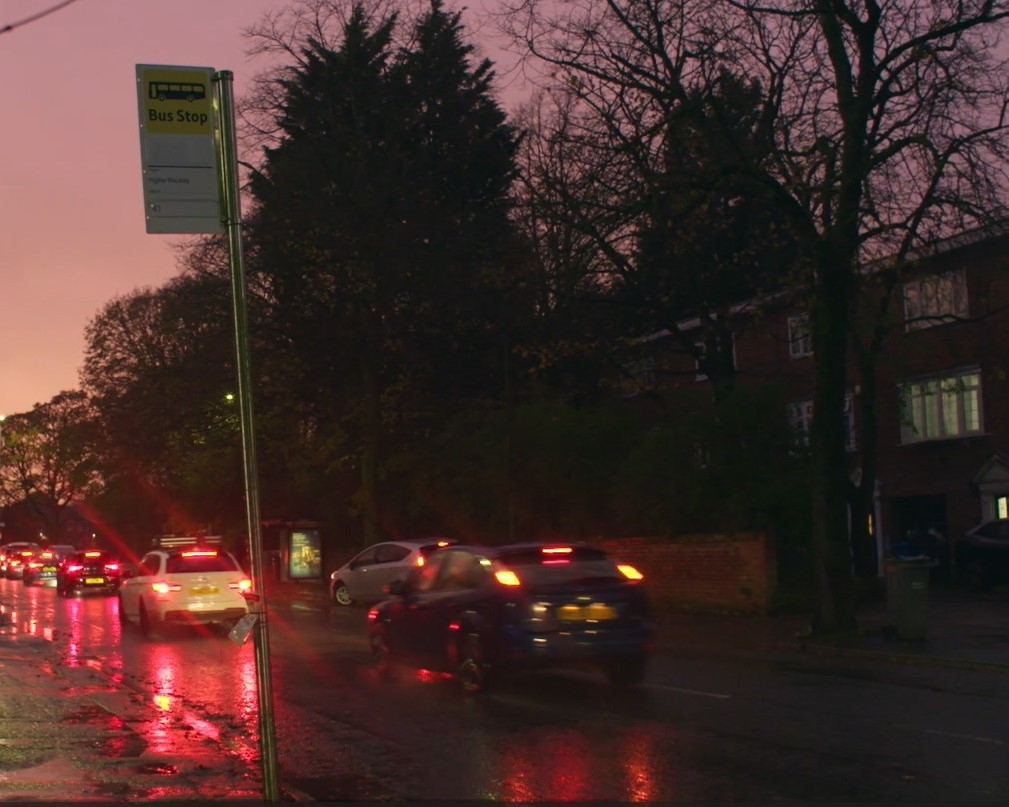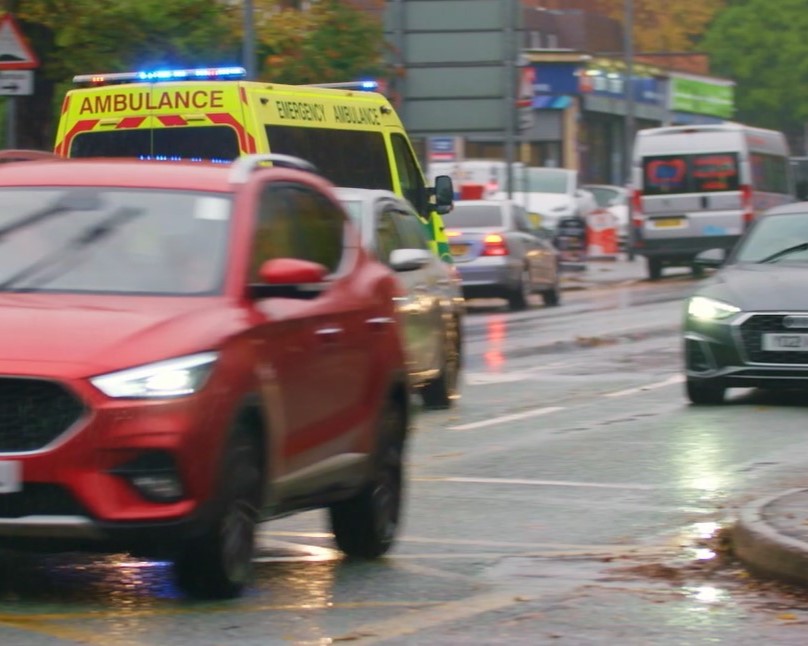TRUUD is developing an economic valuation model to help planners, investors and developers understand the health impacts of urban development plans.
We know the environment around us can have a profound effect on health and quality of life, but it can be hard to anticipate the magnitude of this for a specific place, or to compare lots of different health impacts across all the alternative options.
The Health Appraisal of Urban Systems Model (HAUS) helps to quantify and value the health impacts of different characteristics of the urban environment. These include conditions indoors as well as those around our homes, such as natural environment (including air pollution and green space), transport, socio-economic factors (such as crime or deprivation), climate change and community infrastructure (such as public transport and access to healthy food).
The model estimates the societal value of changes to health that result from changes to the urban environment. It answers the question:
“If a change is made to an area where people live, what will be the impact on health and how can we value this?”





